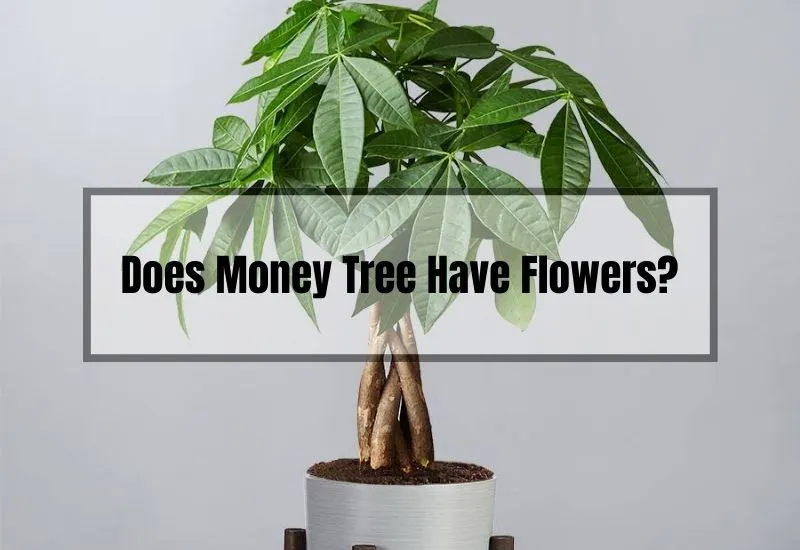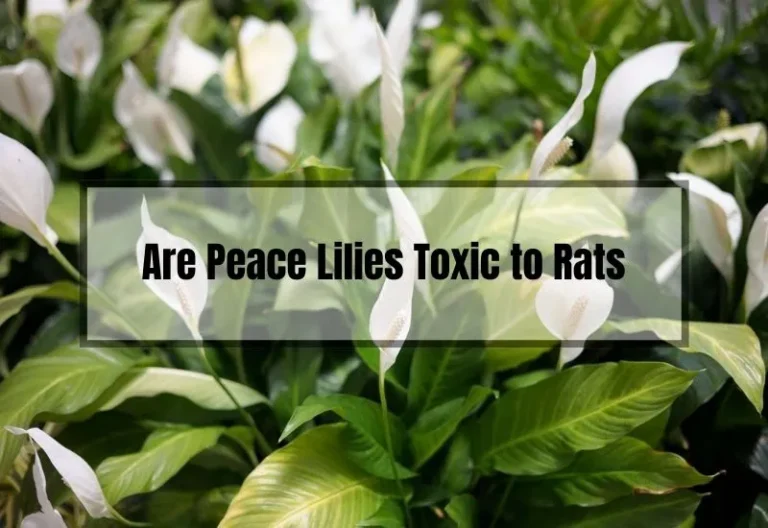The Truth About Money Trees: Do They Actually Have Flowers?
Plant lovers, listen up! Are you on the hunt for a unique and low-maintenance houseplant to add some life to your space? Look no further than the Money tree (Pachira aquatica) – a stunning plant with a braided trunk and shiny green leaves that’s become a favorite among plant enthusiasts.
But, there’s one question that always seems to come up – does the Money tree have flowers? In this article, I, Buffy, will take you on a journey through the world of Money trees, answering the question that’s been on your mind and providing you with essential information to care for your plant.
So, let’s dive in and discover the secrets of the Money tree!

Does Money Tree Have Flowers?
The short answer is yes, the Money tree can produce flowers under certain conditions. However, it’s not a common occurrence for this plant to bloom indoors.
If you’re lucky enough to see your Money tree produce flowers, you’ll notice that they’re typically white or cream-colored and resemble hibiscus flowers. Several factors influence the Money tree’s ability to bloom, including age, sunlight, humidity, and fertilization.
In optimal growing conditions, Money trees can produce flowers, but it’s more common to see them bloom outdoors rather than indoors.
How Can you Tell the Age of a Money Tree?
It can be difficult to determine the age of a Money tree due to its slow growth rate. However, there are a few clues you can look for. The size of the trunk and the number of braids are good indicators of a Money tree’s age.
Younger Money trees tend to have smaller trunks with fewer braids, while older ones will have thicker trunks with more braids. If you’re caring for a young Money tree, make sure to promote healthy growth by providing adequate water and light, as well as preventing damage from pests and diseases.
What are the Benefits of Having a Money Tree?
There are several benefits to owning a Money tree, including its air-purifying properties, feng shui symbolism, and ease of care. Money trees are known to remove harmful toxins from the air, making them a great addition to any indoor space.
Additionally, the Money tree is considered a symbol of good luck and prosperity in feng shui, making it a popular gift for those who want to attract positive energy. Lastly, Money trees are easy to care for and can thrive in low light conditions, making them an ideal choice for busy plant lovers.
How Do you Propagate a Money Tree?
Propagating a Money tree is relatively simple and can be done through stem cuttings or air layering. To propagate through stem cuttings, cut a stem from your Money tree and remove the lower leaves.
Dip the cut end in rooting hormone and plant it in moist soil or water until roots develop. To propagate through air layering, make a small incision in the bark of a branch, wrap it with moist sphagnum moss, and secure it with plastic wrap. Wait for roots to develop before cutting the new plant from the parent.
Tips for Growing and Caring for Money Tree
Sunlight and Watering
The Money tree prefers bright, indirect light and should be placed near a window or under grow lights. Avoid placing it in direct sunlight, as this can scorch the leaves.
As for watering, the Money tree likes moist to wet potting mix, but make sure not to overwater it. Water the plant thoroughly, allowing excess water to drain out of the pot, and then wait until the top inch of soil is dry before watering again.
Fertilization and Pruning
To promote healthy growth and prevent pest or disease problems, use a balanced, water-soluble fertilizer every 2-4 weeks during the growing season.
Prune your Money tree by removing any dead, damaged, or yellowing leaves, as well as any branches that are crossing or rubbing against each other. Make sure to use clean, sharp pruning shears to avoid damaging the plant.
Repotting and Pest Control
Money trees should be repotted every 2-3 years, or when the roots start to become crowded and outgrow the pot. When repotting, choose a pot that is slightly larger than the current one and use well-draining soil.
To prevent pests and diseases, make sure to keep the leaves clean and free of dust, and inspect the plant regularly for signs of infestation. Common pests that can affect Money trees include spider mites, mealybugs, and scale insects, which can be treated with insecticidal soap or neem oil.
Frequently Asked Questions (FAQs)
Can Money tree survive in low light?
Yes, Money trees can survive in low light conditions, but they won’t thrive as much as they would in brighter light. If you’re growing a Money tree in low light, make sure to provide it with some artificial light, such as a grow light, to supplement the natural light.
Why are the leaves of my Money tree turning yellow?
Yellowing leaves on a Money tree can be a sign of several issues, including overwatering, underwatering, nutrient deficiency, or pest infestation. Make sure to adjust your watering schedule, fertilize the plant regularly, and inspect it for pests to prevent further damage.
Conclusion
There you have it, folks! The Money tree may not be known for its flowers, but it can produce them under the right conditions. If you’re looking to add a unique and easy-to-care-for houseplant to your collection, the Money tree is definitely worth considering.
Remember to provide it with adequate light and water, fertilize it regularly, and inspect it for pests and diseases. And don’t forget to propagate your Money tree to share the love with friends and family! Thanks for reading, and happy planting!




